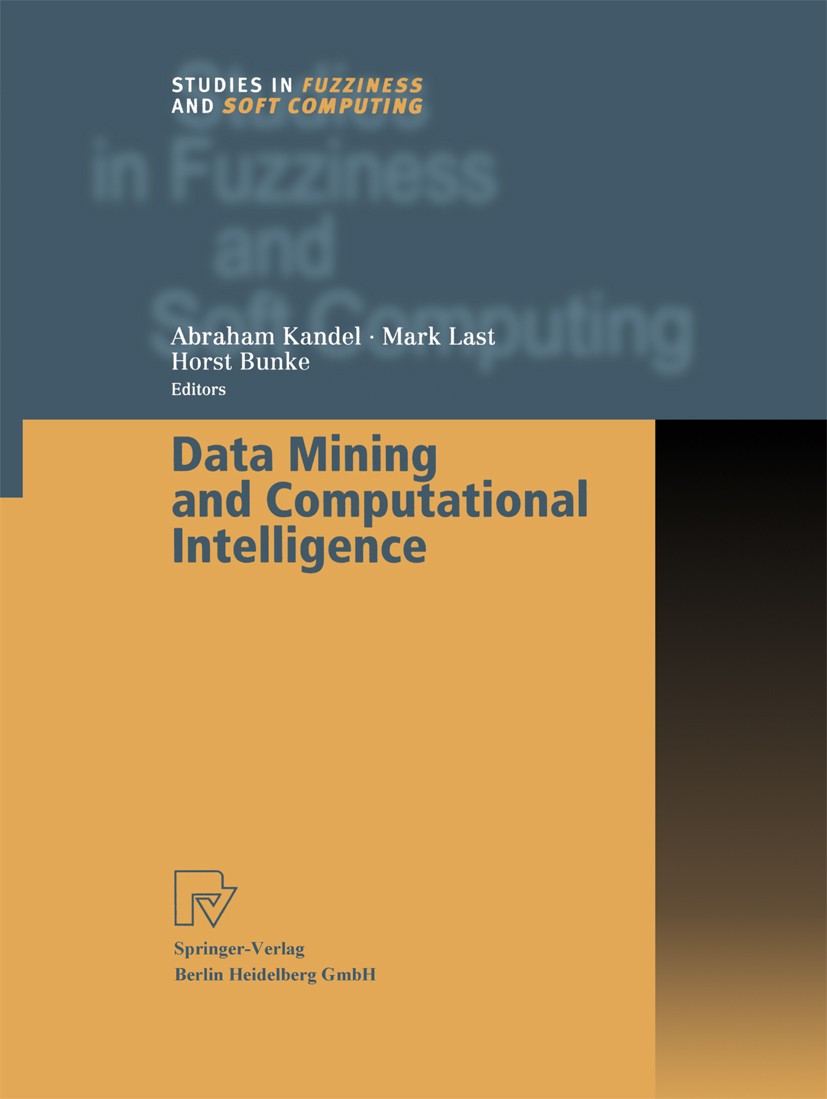| 書目名稱 | Data Mining and Computational Intelligence |
| 編輯 | Abraham Kandel,Mark Last,Horst Bunke |
| 視頻video | http://file.papertrans.cn/263/262926/262926.mp4 |
| 概述 | Comprehensive coverage of recent advances in the application of soft computing and fuzzy logic data mining.Also useful as a reference book in data mining, machine learning, fuzzy logic, and artificial |
| 叢書名稱 | Studies in Fuzziness and Soft Computing |
| 圖書封面 |  |
| 描述 | Many business decisions are made in the absence of complete information about the decision consequences. Credit lines are approved without knowing the future behavior of the customers; stocks are bought and sold without knowing their future prices; parts are manufactured without knowing all the factors affecting their final quality; etc. All these cases can be categorized as decision making under uncertainty. Decision makers (human or automated) can handle uncertainty in different ways. Deferring the decision due to the lack of sufficient information may not be an option, especially in real-time systems. Sometimes expert rules, based on experience and intuition, are used. Decision tree is a popular form of representing a set of mutually exclusive rules. An example of a two-branch tree is: if a credit applicant is a student, approve; otherwise, decline. Expert rules are usually based on some hidden assumptions, which are trying to predict the decision consequences. A hidden assumption of the last rule set is: a student will be a profitable customer. Since the direct predictions of the future may not be accurate, a decision maker can consider using some information from the past. The |
| 出版日期 | Book 2001 |
| 關(guān)鍵詞 | computational intelligence; data mining; database; database management; fuzzy; fuzzy logic; intelligence; k |
| 版次 | 1 |
| doi | https://doi.org/10.1007/978-3-7908-1825-3 |
| isbn_softcover | 978-3-7908-2484-1 |
| isbn_ebook | 978-3-7908-1825-3Series ISSN 1434-9922 Series E-ISSN 1860-0808 |
| issn_series | 1434-9922 |
| copyright | Physica-Verlag Heidelberg 2001 |
 |Archiver|手機(jī)版|小黑屋|
派博傳思國際
( 京公網(wǎng)安備110108008328)
GMT+8, 2025-10-11 01:22
|Archiver|手機(jī)版|小黑屋|
派博傳思國際
( 京公網(wǎng)安備110108008328)
GMT+8, 2025-10-11 01:22


